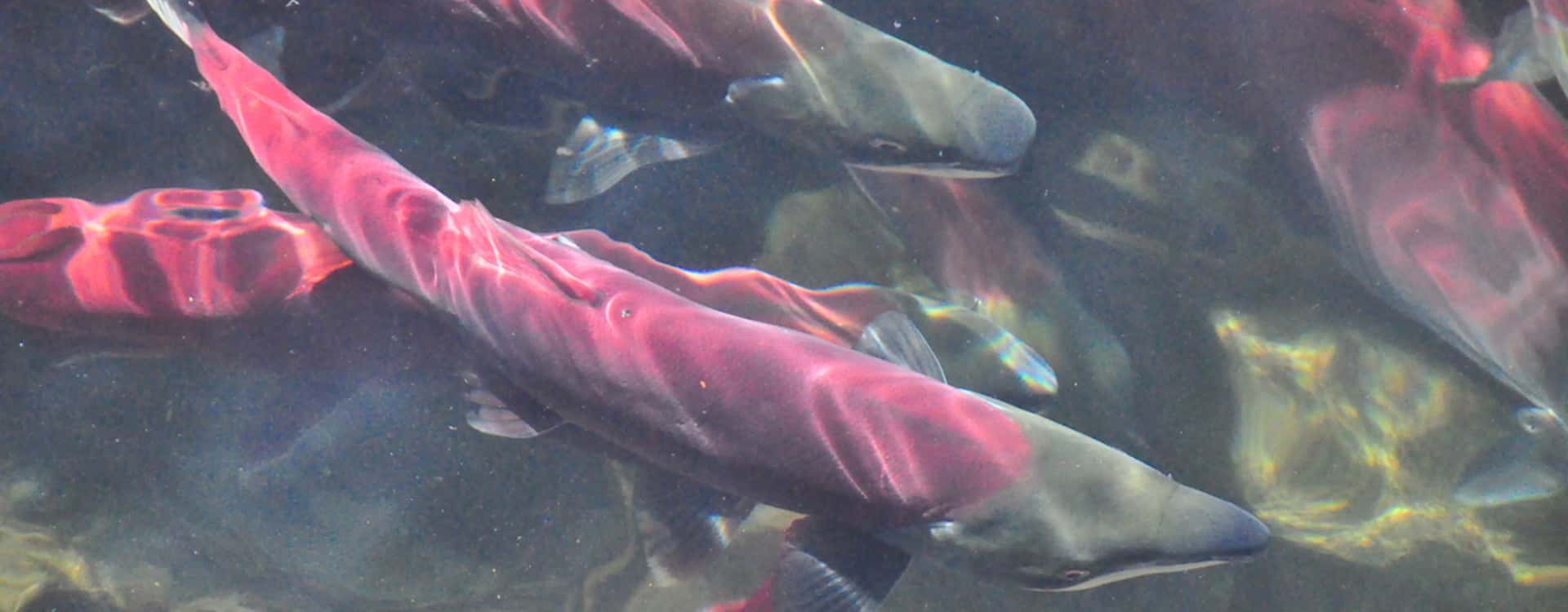I have been concerned about the farming of Atlantic salmon on the British Columbia coast for many years.
The central question for me is why do we even need to farm salmon? Have we forgotten the old fish stories of the wild Pacific salmon filling the creeks, streams, bays and inlets so thick “you could walk across their backs to the other side?”
The Pacific salmon is a keystone species in British Columbia. Not only is this iconic fish one of our most important renewable resources for the provincial economy but the Pacific salmon provide critical nutrients to countless species of plants and animals along our coast and deep into the heart of our Province. The wild Pacific salmon is part of our heart and soul.
We farm fish because our relationship with the Pacific salmon is broken. Over the decades we have overfished them and at the same time we have seriously damaged their habitat up the rivers, creeks and streams.
Open net fish farming of Atlantic salmon highlights how poorly the federal Department of Fisheries and Oceans (DFO) has governed the fisheries and oceans. But, DFO is not the only authority to blame for the decline of the Pacific salmon.
The Provincial government has enabled forestry practices that have degraded the watersheds where salmon spawn, deeply impacting their chances of survival. By stripping the hillsides above the creeks and streams, peeling back the canopy that shades the water keeping it cool, spawning grounds have become hostile places for fish.
Municipal and regional governments are not off the hook either. In many cases across the Province local governments have allowed creeks and streams to be turned into ditches in the name of “hydrological efficiency.”
Focussed on getting water off the land as quickly and cheaply as possible, storm drains have been connected to the ditches adding neighbourhood run-off, wetlands have been zoned for agricultural, residential, commercial and industrial land uses, and the naturally functioning ecosystems that salmon require have been all but choked out.
Only now that these systems are so broken, local, provincial and federal governments are looking at rebuilding the degradation of the last 100 years and we are beginning to understand the tremendous cost of the engineering work, and the monumental task of reversing poor planning.
These are only a few of the challenges of the Pacific salmon. Throughout the decades of decline of the wild fish we have chosen to allow the fish farming industry to grow as a replacement and now we hear our government officials putting the corporate interests ahead of nature and the Constitutionally protected rights of Indigenous People.
We are well aware of the problem, the Federal Government wild salmon policy going back to 2005 has been focussed on habitat restoration. I was taught back in the late 1980’s, in middle school, the importance of the salmon, feeding our eco-systems and our economy.
The DFO is currently criss-crossing British Columbia and the Yukon in the consultation phase of the Wild Salmon Policy Implementation Plan. Their stated goal is to restore and maintain healthy and diverse salmon populations and their habitats. A guiding principle is the conservation of wild salmon and their habitats is the highest priority.
Replacing wild Pacific salmon with farmed Atlantic salmon is not acceptable. With this in mind, all levels of government have a role to play in restoring them to prominence. Local stream and shore keeping non-profit organizations across the Province, such as Peninsula Streams, have been making incredible investments in rehabilitating the natural function of our critical watersheds.
These investments increase our biodiversity and our quality of life. It is good for people, good for the environment and good for our economy and I strongly encourage the Provincial government to show leadership on this file.
Without it we will continue to manage our wild salmon runs into crisis and be forced to struggle with every terrible side effect that follow an ecosystem in collapse.
Restoring wild stocks to their historic rates would require a massive investment and commitment to habitat protection. But the payoff – for our culture, ecosystems, and economy – would be immeasurable.
Photo: “Adam’s River Sockeye” by MartialArtsNomad.com is licensed under CC by 2.0


Terrific commentary. If they won’t put salmon farms on land, get rid of them .
In my opinion we should focus on our creeks and streams to produce wild salmon as nature has been doing for thousands of years!
Wild salmon are the life blood of many species. They also support the forest and economic activity of small communities. In BC without the wild salmon we don’t have life as we now it.
Put farmed salmon on land and manage their waste. It is better for fish farming corporations to take a financial hit than Nature.